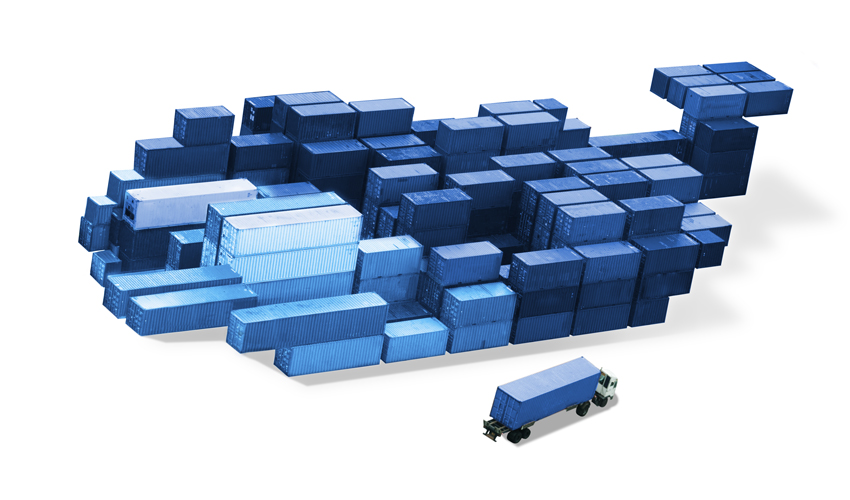
by George Whittaker
Introduction
In the fast-evolving landscape of software development, containerization has emerged as a revolutionary technology. Containers encapsulate applications and their dependencies, ensuring consistent performance across various environments. This paradigm shift has addressed many challenges associated with traditional virtualization, such as bloated resource usage and cumbersome deployment processes. By providing lightweight, portable, and self-sufficient units, containerization streamlines the development-to-production workflow, enhancing efficiency and reliability.
As containerization gained traction, the need for robust orchestration tools became evident. Docker Swarm, a native clustering and orchestration tool for Docker containers, was introduced to meet this demand. Developed by Docker Inc., Docker Swarm simplifies the management of containerized applications across a cluster of machines. It enables developers to deploy, manage, and scale applications seamlessly. While Kubernetes often dominates the container orchestration conversation, Docker Swarm remains a popular choice due to its simplicity and deep integration with the Docker ecosystem.
Understanding Docker Swarm
Basic Concepts and Terminology
To effectively utilize Docker Swarm, it is essential to understand its fundamental concepts and terminology:
- Nodes: The machines participating in the Swarm, which can be either managers or workers. Managers handle cluster management tasks, while workers execute the containers.
- Services: Definitions of tasks to be performed by the Swarm, representing one or more containers. Services are distributed across the cluster.
- Tasks: The atomic units of work in a Swarm, essentially containers running a part of a service.
- Overlay Network: A virtual network that spans all nodes in the Swarm, facilitating secure communication between services.
- Load Balancing: Automatic distribution of incoming service requests across available nodes to ensure high availability and performance.
Docker Swarm's architecture is designed for scalability, reliability, and simplicity. It consists of several key components:
Go to Full Article
More...